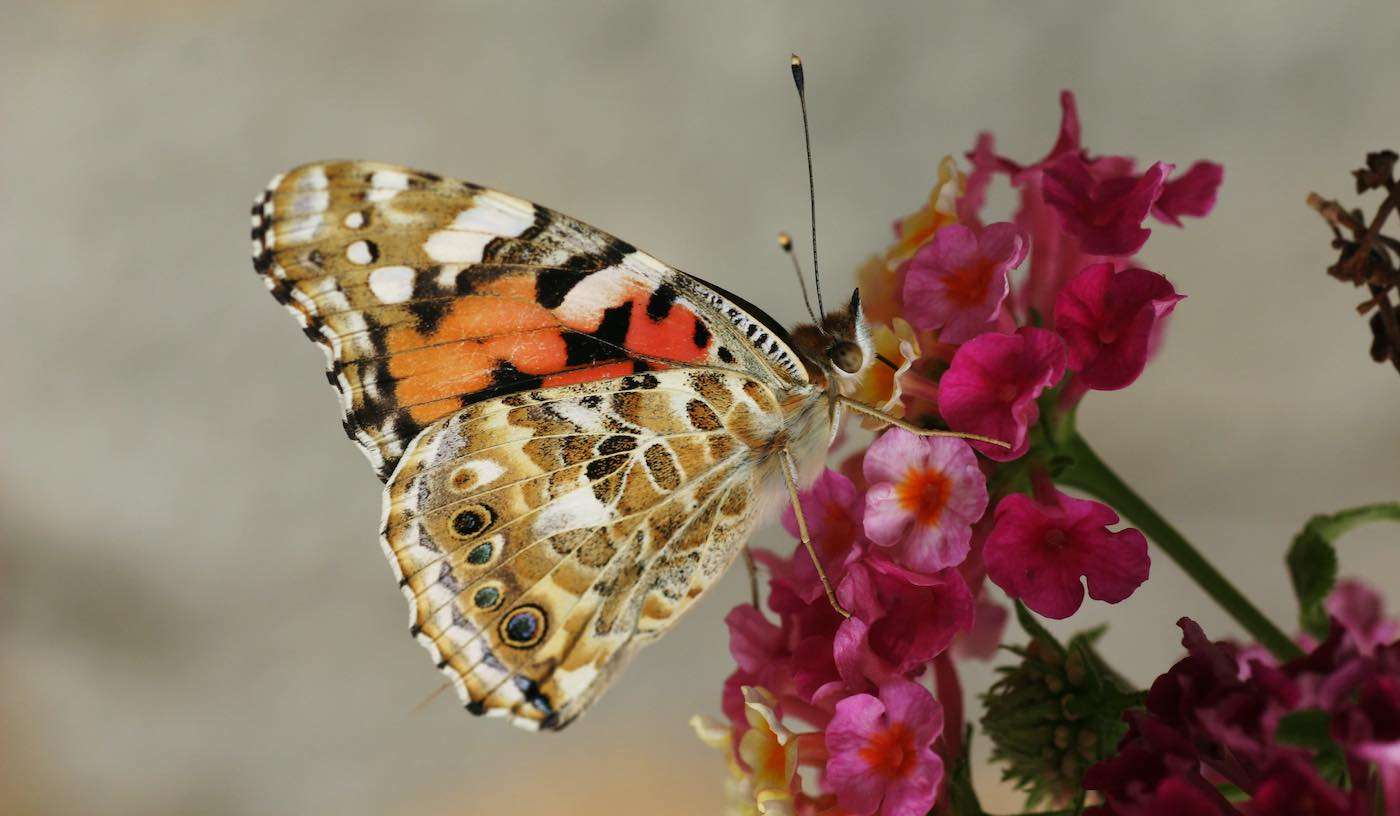South Korea Sends 10K Masks to Navajo Nation to Honor Their Service as 'Code Talkers' During Korean War
In honor of Navajos who used their language as a code during the Korean war, South Korea sent 10K PPE masks to help stem infection rates.

The European Commission (EC) has made a concrete pledge to enshrine 30% of the EU's land and oceans as protected zones by 2030. To reach this end they plan to raise 20 billion euro ($22 billion) every year for the next 10 years from private and public sources—both the EU climate fund and national budgets.
The EC believes that recovery from COVID-19 with biodiversity in mind will be key to restoring the health of both the environment and the economy.
The proposed strategy focuses on establishing binding targets to restore damaged ecosystems and rivers and bringing back pollinators to agricultural land, while reducing pollution, greening its cities, enhancing organic and biodiverse farming.
In its effort to improve forest health, part of the plan is to implement stricter protections and restoration projects for the remaining primary and old growth forests of Europe as early as next year.
This is especially important when researchers suggest that 60% of species assessed on the continent are in decline.
Biodiversity will receive another boost as the EC proposes changes to the agricultural landscape of Europe in a way that supports wildlife and pollinators. Such changes would include creating "high-diversity landscapes" in 10% of Europe's farming acreage by hosting features like ponds, hedgerows, buffer strips between fields, and fallow land.
Some experts are skeptical, but hopeful, the changes are implemented.
"It's a big if, but then you are starting to look at healthy agriculture that can provide habitats for farmland birds and butterflies but also agriculture that can actually provide food at the end of the century," Ariel Brunner, senior head of policy at Brussel's BirdLife International said to the Guardian.
The 2030 strategy would reinforce Europe's natural resilience by dealing with agriculture and fisheries using the Farm to Fork strategy.
"The strategy sets concrete targets to transform the EUs food system, including a reduction by 50% of the use and risk of pesticides, a reduction by at least 20% of the use of fertilizers, a reduction by 50% in sales of antimicrobials used for farmed animals and aquaculture, and reaching 25% of agricultural land under organic farming," reads the report.
The European Commission, which possesses authority to enforce European law, concludes finishes by calling on the European Parliament and Council to adopt the Farm to Fork and Biodiversity measures by 2021.
GROW Some Support by Sharing this Good Earth Story on Social Media…
Be the first to comment